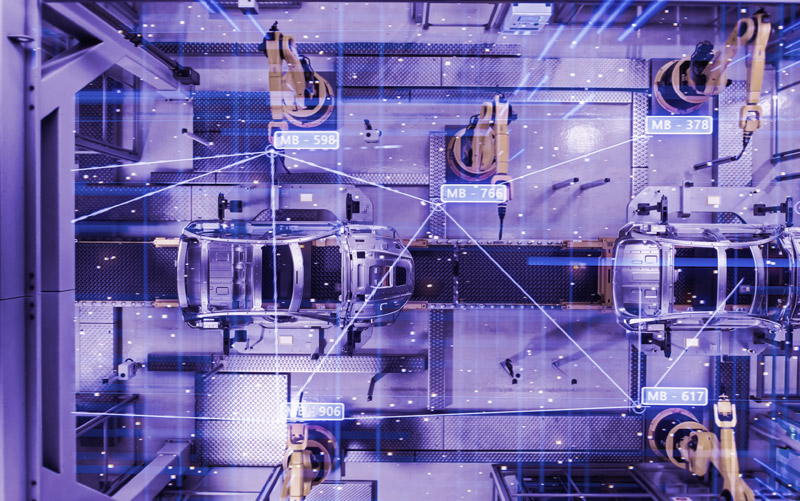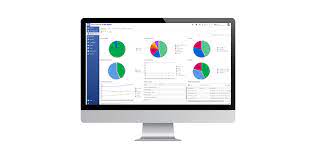Identify IoT and OT devices
IoT and OT devices are different to manage when you compare this with laptops and servers. How can you identify and protect IoT and OT devices from possible hacking will be addressed in this article

What is IoT and OT?
Why would that be?
Every "thing" is connected. In home-use environments we think about dishwashers and refrigerators. These things exist in business networks too, supplemented with radio's, coffee machines, etc... They need to be connected to inform the supplier for whatever or to receive functional information from the internet in order to work (such as internet radio). This is non production related and is categorized as "shadow IT".
On the other hand, we have OT networks (Operational Technology). These are more specific and quasi always production related assets, meaning that they are required to make the production work. A well-known example would be a PLC, but it could as well be a CT scanner in a hospital. Most of the time we know that it's there, but we forget about the subparts such as suppliers that install a sensor to do remote follow-up.

How is this a threat?
Yeah yeah, not for me!
What does Kappa Data offer?
- One for regular IT environments
- One for OT
- IoT
- Medical environments.
Clearly there is a focus depending on the choice or combination. For OT and IoT in particular, since this is the subject of this article, one of the things that Armis is capable of doing, is mapping the network to the Perdue model. To do so, Amis is able to read SCADA and other industrial protocols and can analyse the communication layers of the different communication assets. Even more, PLC’s with integrated interface cards will also be identified and analyzed.
After identification comes protection?
What if there still is an attack?
Why would you consider IoT and OT protection?
- Assets can be used as a jump host to attach the internal network.
- OT networks are in the heart of your production network. You don’t want this to be attacked.
Frequently asked questions
Check our FAQ section where you can find the first questions that have been asked to us during the last months.
Contact usWhat specific features of Armis aid in protecting IoT and OT devices?
Specific features of Armis that aid in protecting IoT and OT devices include:
- Device discovery and inventory: Continuous monitoring to maintain an up-to-date inventory of all devices.
- Risk assessment: Identifying vulnerabilities and assessing the risk associated with each device.
- Behavioral analysis: Monitoring device behavior to detect anomalies and potential threats.
- Threat detection and response: Providing real-time alerts and automated responses to mitigate risks.
- Integration with existing security infrastructure: Enhancing protection by integrating with firewalls, SIEM systems, and other security tools.
What challenges do organizations face in managing and securing IoT and OT devices?
Organizations face several challenges in managing and securing IoT and OT devices, including:
- Visibility: Difficulty in identifying all devices connected to the network due to the sheer number and variety of devices.
- Diverse protocols: IoT and OT devices often use various protocols that are not standardized.
- Legacy systems: Many OT devices are legacy systems that were not designed with security in mind.
- Limited control: Difficulty in applying traditional security measures to devices that cannot be easily managed or updated.
- Vulnerabilities: Increased risk of vulnerabilities due to lack of regular updates and patches.
What are the benefits of using Armis for a network with many IoT and OT devices?
The benefits of using Armis for a network with many IoT and OT devices include:
- Comprehensive visibility: Achieving full visibility of all devices connected to the network, including those that are not easily managed.
- Enhanced security: Proactively identifying and mitigating risks associated with IoT and OT devices.
- Operational efficiency: Reducing the need for manual device management and monitoring through automated processes.
- Compliance: Helping meet regulatory requirements by ensuring that all devices are monitored and protected.
- Scalability: Easily scaling to accommodate a growing number of IoT and OT devices as the network expands.
How does Armis help in identifying IoT and OT devices on a network?
Armis helps identify IoT and OT devices on a network by providing comprehensive visibility through its agentless platform. It uses passive monitoring to detect and classify devices based on their behavior, communication patterns, and other attributes. This allows organizations to discover all devices, including those not easily managed, without disrupting network operations.
How can Armis improve security for IoT and OT devices that are difficult to manage?
Armis improves security for IoT and OT devices that are difficult to manage by using its agentless approach to monitor device behavior and network traffic without requiring direct control over the devices. This passive monitoring ensures that even unmanaged devices are continuously evaluated for security risks, and any unusual or suspicious activity is promptly detected and addressed.
Contact us for a demo
Are you curious to learn whether our solutions can help you with searching of assets in the network and how to protect these assets? Contact us for a demo via the below button.
